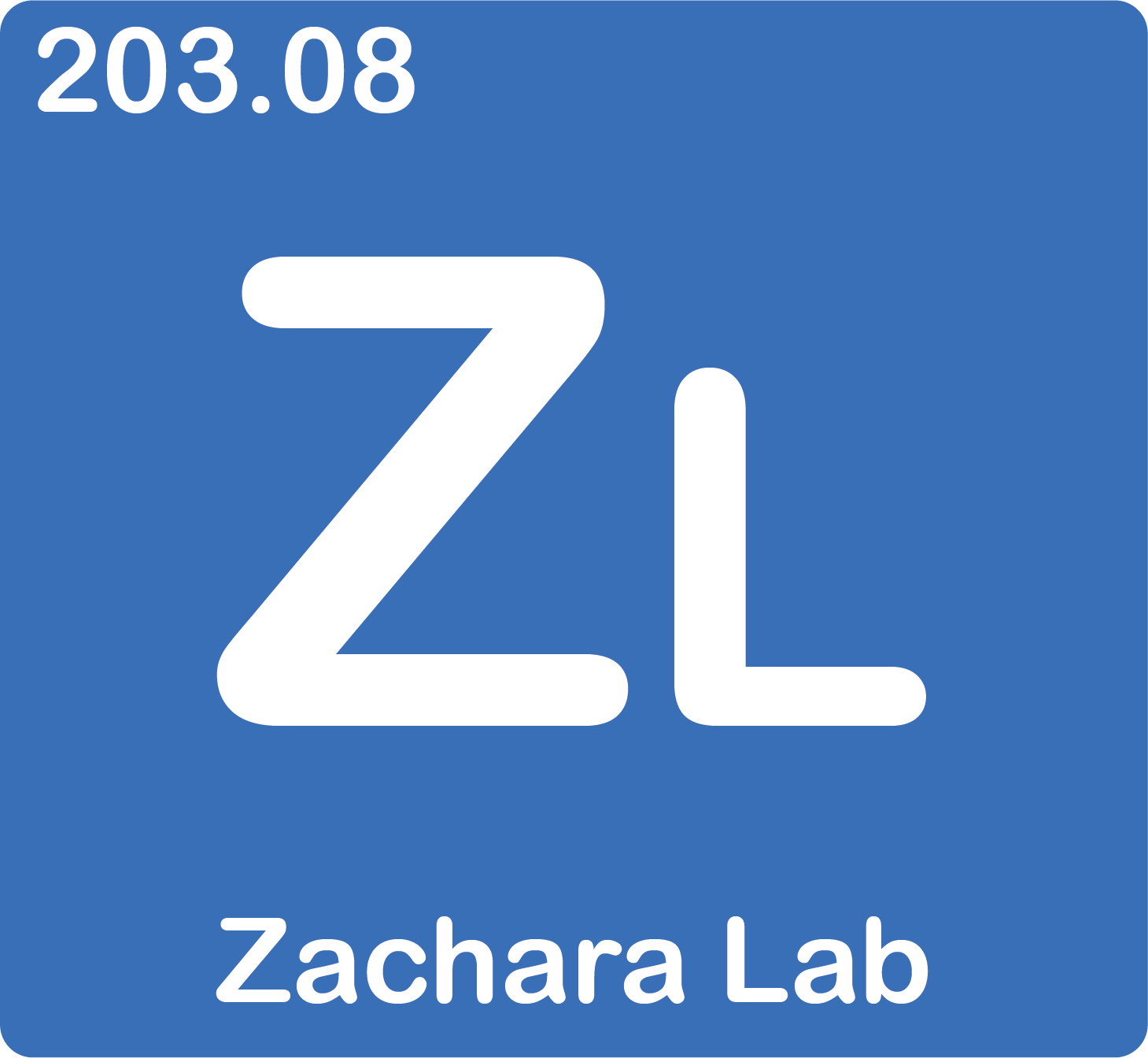O-GlcNAc Detection via Western Blotting
There are a number of antibodies that detect O-GlcNAc robustly in cell and tissue lysates. Antibodies work differentially in tissues and on some proteins. Below is a summary of protocols we use for detecting O-GlcNAc in cells and tissues. These protocols are summarized in: Fahie et al 2021. We strongly recommend performing a dilution series of your target tissue to ensure that these conditions are in the linear range for your samples and that you use the competition blot.
- SDS-PAGE - we prefer 8% gels
- Transfer proteins to nitrocellulose of PVDF
- Block membranes 1x 60min 3% W/V blocking protein in TBST (50mM Tris pH7.5, 120mM NaCl, 0.05% Tween-20)
- CTD110.6, RL2, Multi-mAB: the blocking protein is SKIM Milk
- HGAC39, HGAC49, and HGAC85: the blocking protein is Bovine Serum Albumin
- Wash 3x 5-10 min TBST (Rocking, Room Temperature)
- Dilute primary antibody to 1ug/ml in 3% w/v BSA in TBST. Incubate overnight at 4oC (Rocking)
- For the competition blot use identical conditions to 5 with
- CTD110.6: 100mM GlcNAc
- HGAC 39, 49, 85: 250mM GlcNAc
- Multi-mAB: 250mM GlcNAc
- RL2: 500mM GlcNAc
- Wash 3x 5-10 min TBST (Rocking, Room Temperature)
- Incubate blots with secondary antibody, 1/2500 in 3% w/vBSA in TSBT (Rocking, Room Temperature)
- Wash 4x 5-10 min TBST (Rocking, Room Temperature)
- Wash blots 1x TBS ~ 5min
- Develop (We prefer film, though the linear range is shorter)
Considerations
- We prefer 8% or 3-8% gels as the majority of specific signal is >50kDa.
- Typically, we find 10-20ug of protein is within the linear range, while giving the strongest signals.
- We prefer nitrocellulose, though PVDF is adequate.
- Using a competition blot requires that you have an additional membrane loaded identically to your test samples. This is essential for murine tissue samples or immunoprecipitations. Ideally, this should be exposed in parallel to your test blot. This is especially critical when using digital imagers.
- We prefer film for tissues, but find imagers adequate. We do not use proprietary reagents for Imagers such as the LiCOR scanner.
- We strongly suggest performing a dilution series of your target tissue to ensure that these conditions are in the linear range for both O-GlcNAc and total protein.
- We often run 50% of at least one sample to confirm that the detection conditions are linear.
- Example data using OGT WT and Null MEFs can be found in Figure 3 of Fahie et al., 2021.
